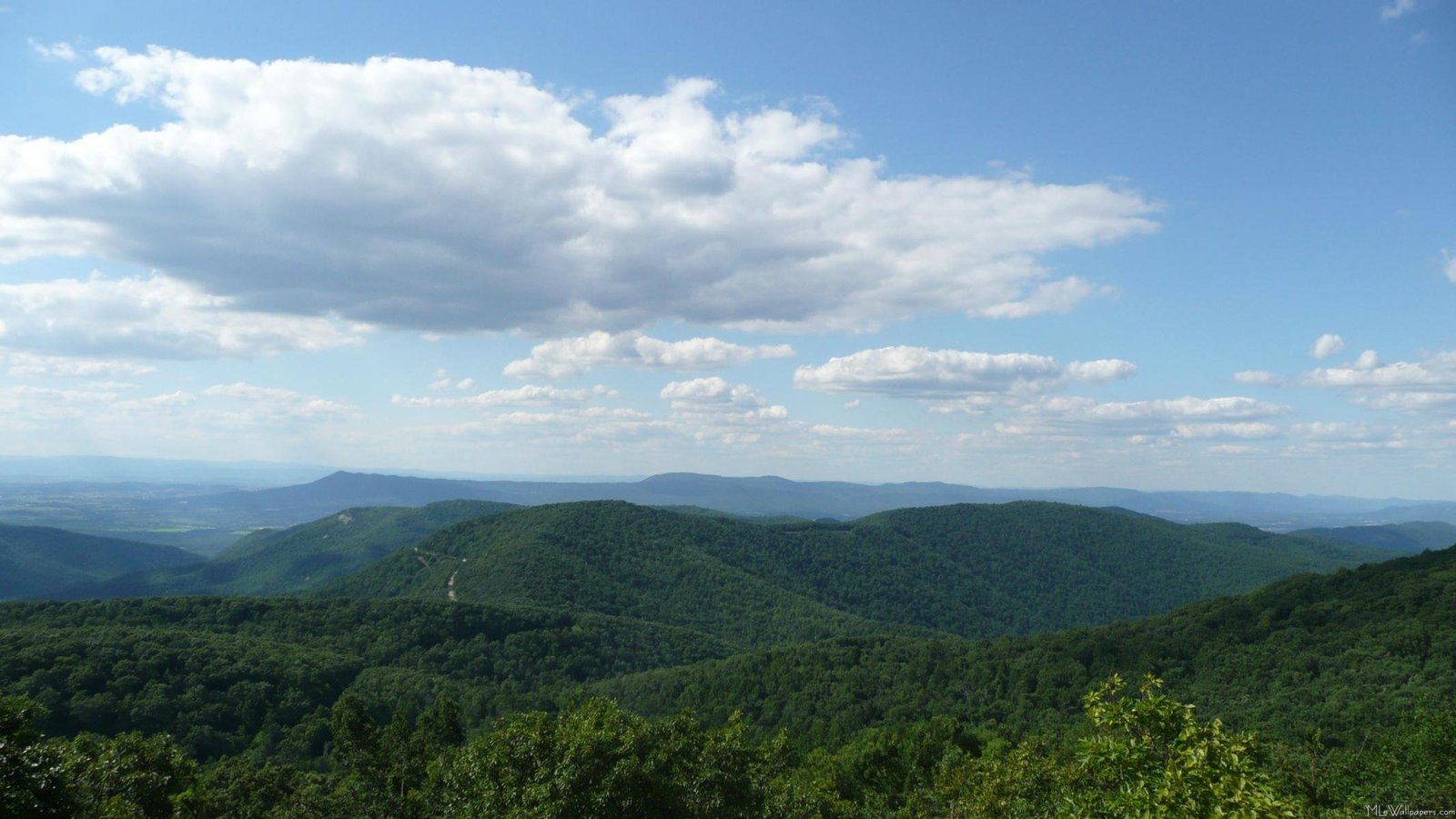The Appalachian Mountains offer an unparalleled sightseeing experience, spanning over 1,500 miles from Georgia to Maine. This ancient mountain range presents travelers with stunning vistas, diverse ecosystems, and countless opportunities for exploration. From dramatic overlooks perched thousands of feet above valleys to intricate hiking trails weaving through lush forests, the Appalachian Mountains provide a visual feast for nature enthusiasts, photographers, and adventure seekers alike.
What Makes Appalachian Mountains Sightseeing Unique?

The Appalachian Mountains represent one of North America’s most diverse and historically rich mountain ranges. Unlike western mountain ranges, these ancient peaks offer:
- Geological Diversity: Mountains formed over 480 million years ago
- Ecological Richness: Home to over 2,000 endemic plant species
- Cultural Significance: Deep connections to Native American and Appalachian heritage
Top Scenic Overlooks to Explore
| Overlook Name | Location | Elevation | Key Features |
|---|---|---|---|
| McAfee Knob | Virginia | 3,197 feet | Most photographed spot on Appalachian Trail |
| Clingmans Dome | Tennessee/North Carolina | 6,643 feet | Highest point in Great Smoky Mountains |
| Rough Ridge | North Carolina | 4,773 feet | Dramatic views of Grandfather Mountain |
Where Can You Find the Best Mountain Views?

Blue Ridge Parkway Highlights
The Blue Ridge Parkway offers some of the most accessible and stunning Appalachian Mountains sightseeing opportunities. Key viewpoints include:
- Cahas Knob Overlook
- Panoramic views of Franklin County
- Easy parking and short walking distance
-
Ideal for sunrise and sunset photography
-
Elk Mountain Overlook
- Spectacular Yadkin Valley perspectives
- Perfect for autumn foliage viewing
- Located near Boone, North Carolina
How to Plan Your Appalachian Mountains Sightseeing Adventure?
Recommended Hiking Trails
- Max Patch Trail: 2.5-mile round trip with expansive meadow views
- Tanawha Trail: 13-mile route with multiple scenic stops
- Shenandoah National Park Trails: Over 500 miles of diverse hiking options
Photography and Seasonal Considerations
Best Times for Sightseeing:
– Spring: Wildflower blooming
– Fall: Spectacular foliage colors
– Early Morning/Late Afternoon: Optimal lighting conditions
What Should You Bring for Mountain Exploration?
Essential Gear Checklist:
– High-quality camera
– Comfortable hiking boots
– Layer clothing
– Water and snacks
– Navigation tools (map/GPS)
– First aid kit
Guided Tour Options
Several tour operators provide specialized Appalachian Mountains sightseeing experiences:
– Guided hiking tours
– Photography expeditions
– Scenic driving routes
– Wildlife observation trips
Safety and Preparation Tips
- Check weather conditions before traveling
- Inform someone about your travel plans
- Carry emergency communication devices
- Stay on marked trails
- Respect wildlife and environment
Conservation and Respect
The Appalachian Mountains are not just a tourist destination but a delicate ecosystem. Visitors should:
– Follow Leave No Trace principles
– Stay on designated paths
– Minimize environmental impact
– Support local conservation efforts
Additional Resources for Trip Planning
- National Park Service Websites
- Local Tourism Boards
- Appalachian Trail Conservancy
- Regional Hiking Guides
Final Thoughts
Appalachian Mountains sightseeing offers an unparalleled opportunity to connect with nature, explore rich biodiversity, and create lasting memories. Whether you’re a seasoned hiker or a casual traveler, these mountains promise an unforgettable experience.
Reference:
1. Blue Ridge Parkway Official Site
2. Appalachian Trail Conservancy
3. National Park Service – Great Smoky Mountains

